Snow Leopard: The Ghost of the Mountains Claims 12-40 Square Miles
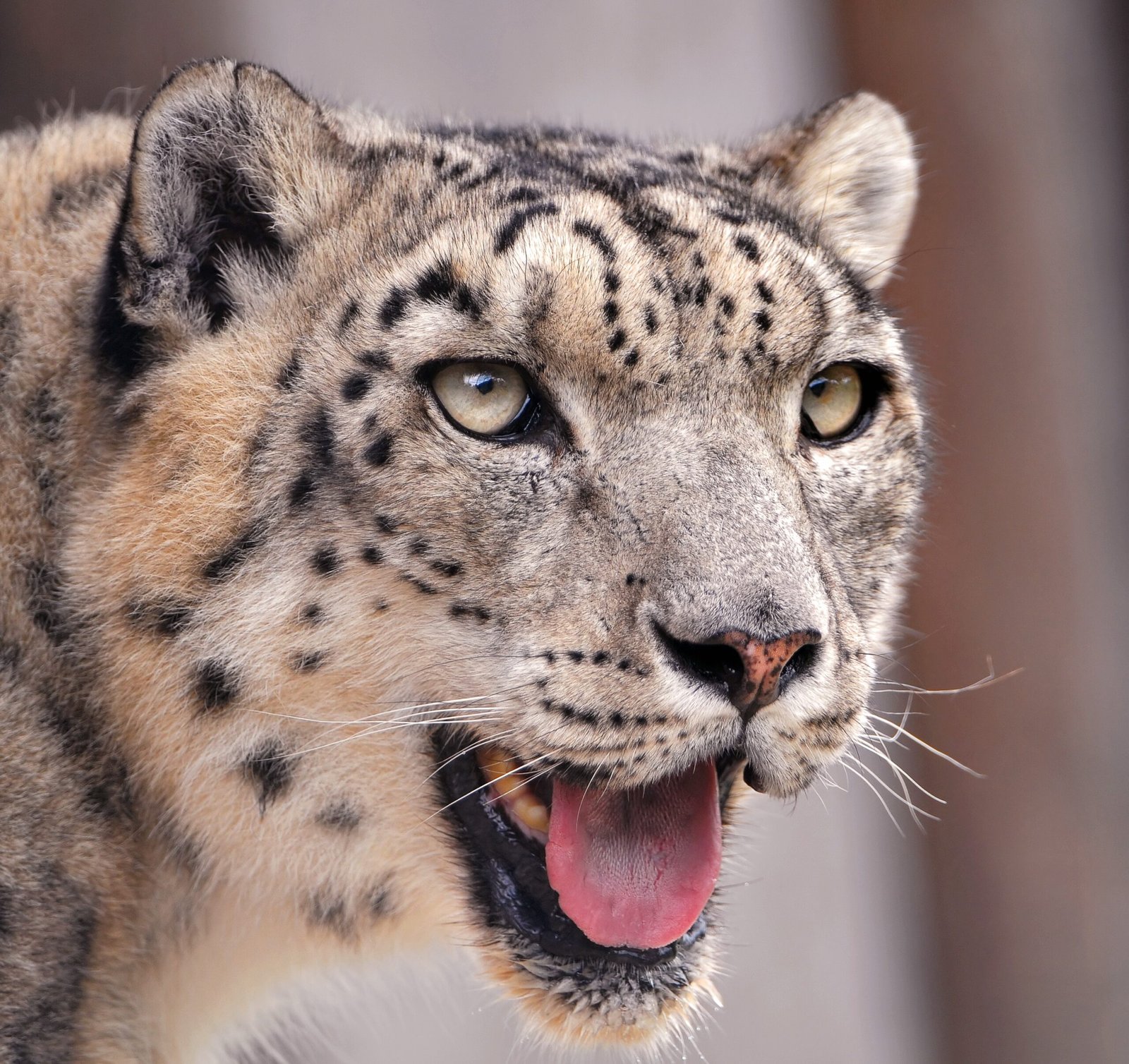
These elusive cats roam the highest peaks of Central Asia, with males claiming territories that can stretch up to 40 square miles. Their massive paws act like natural snowshoes, allowing them to traverse rocky terrain that would challenge even the most skilled mountaineer.
Snow leopards are so secretive that researchers often spend years without a single sighting. They mark their territory with scent posts on rocky outcrops, creating invisible highways across the mountains that only other snow leopards can read.
Siberian Tiger: Russia’s Striped Giant Rules 100-400 Square Miles
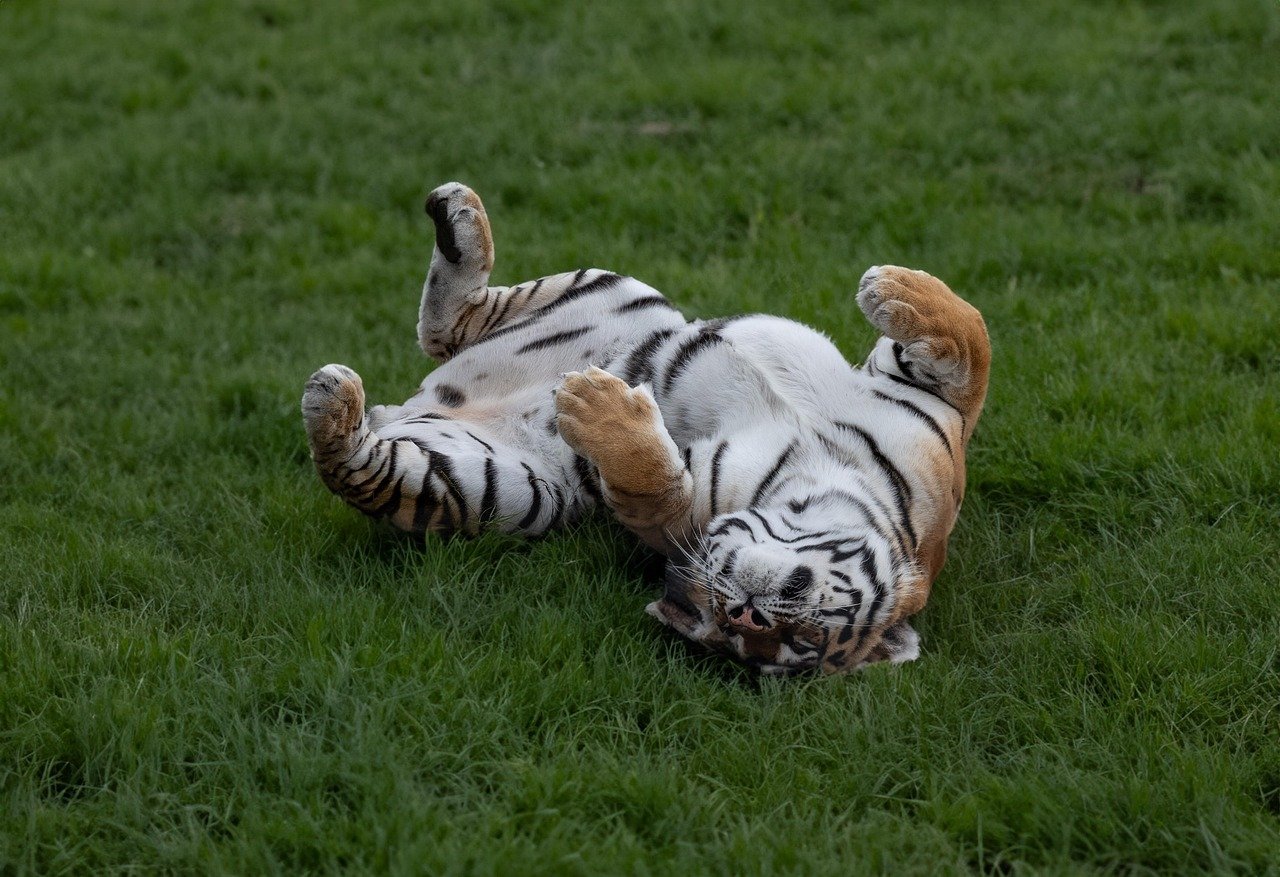
The world’s largest cat needs an enormous hunting ground to survive the harsh Siberian winters. A single male can patrol territory larger than New York City, traveling up to 60 miles in a single night searching for prey.
These magnificent predators have been tracked wearing GPS collars that reveal their incredible stamina. One tiger named Dale was recorded traveling over 620 miles in just 22 days, crossing frozen rivers and dense forests like a furry freight train.
Cougar: America’s Adaptable Wanderer Covers 50-300 Square Miles
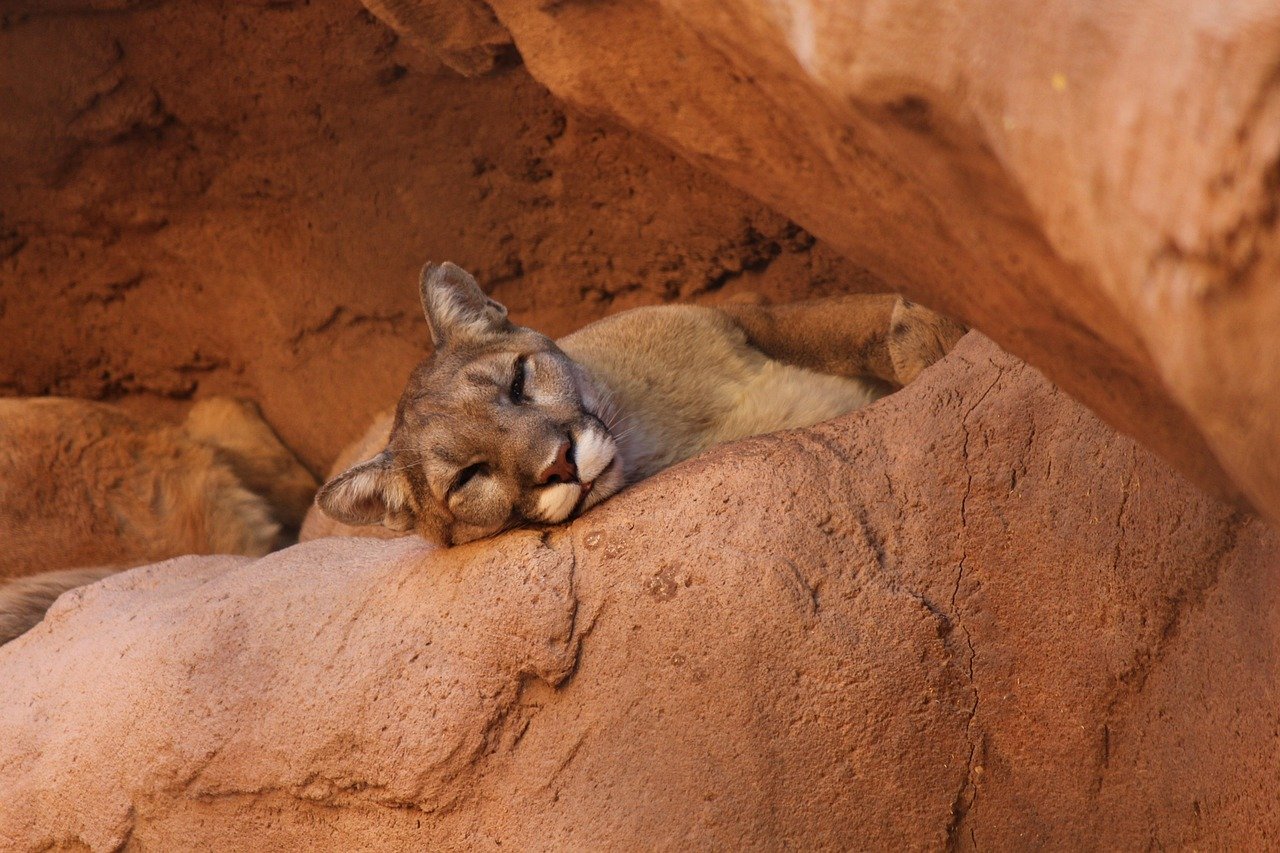
Also known as mountain lions, these cats are the ultimate adapters of the Americas. From Canadian snow to Florida swamps, cougars establish territories that vary dramatically based on prey availability and terrain.
Young male cougars are particularly impressive travelers, with some documented journeys spanning over 1,000 miles as they search for their own territory. One cougar traveled from South Dakota to Connecticut, proving these cats are nature’s ultimate road warriors.
Leopard: The Spotted Survivor Manages 8-400 Square Miles
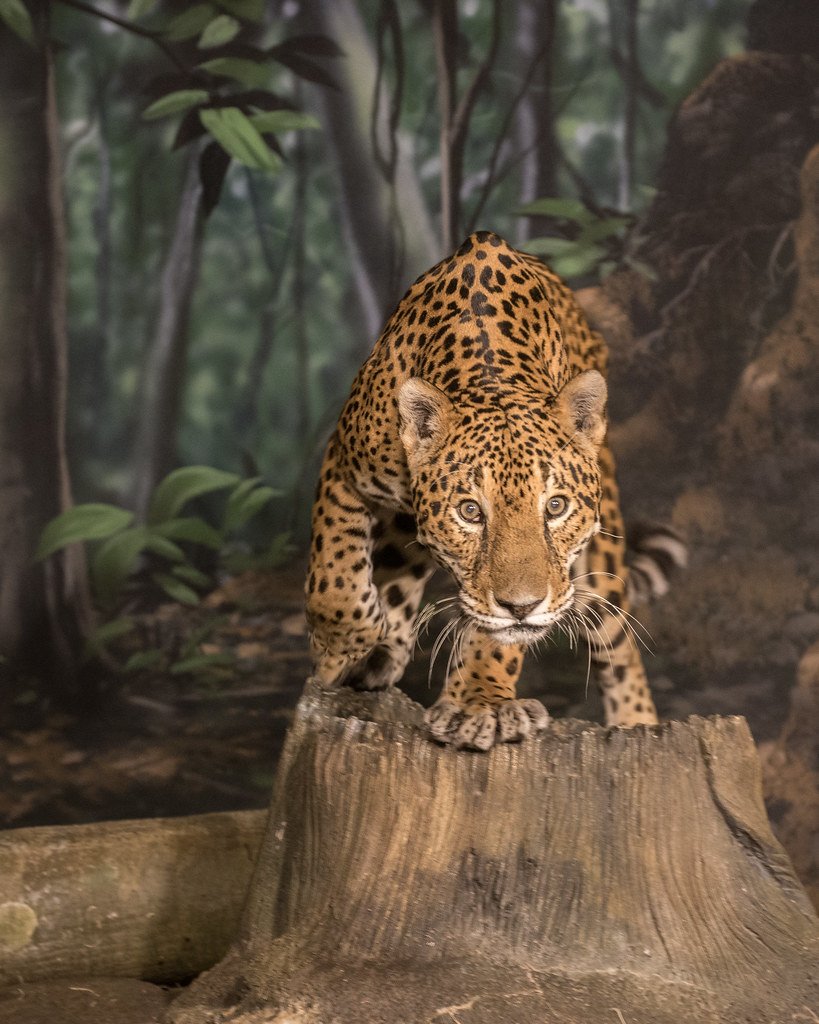
Leopards are the most geographically widespread of all big cats, and their territory sizes reflect this incredible adaptability. African leopards typically claim larger territories than their Asian cousins, with some males controlling areas larger than major cities.
These spotted athletes are excellent climbers and swimmers, allowing them to utilize three-dimensional territories that other cats cannot access. A leopard’s territory often overlaps with other leopards, creating complex social dynamics that researchers are still unraveling.
Jaguar: The Amazon’s Apex Predator Patrols 10-100 Square Miles
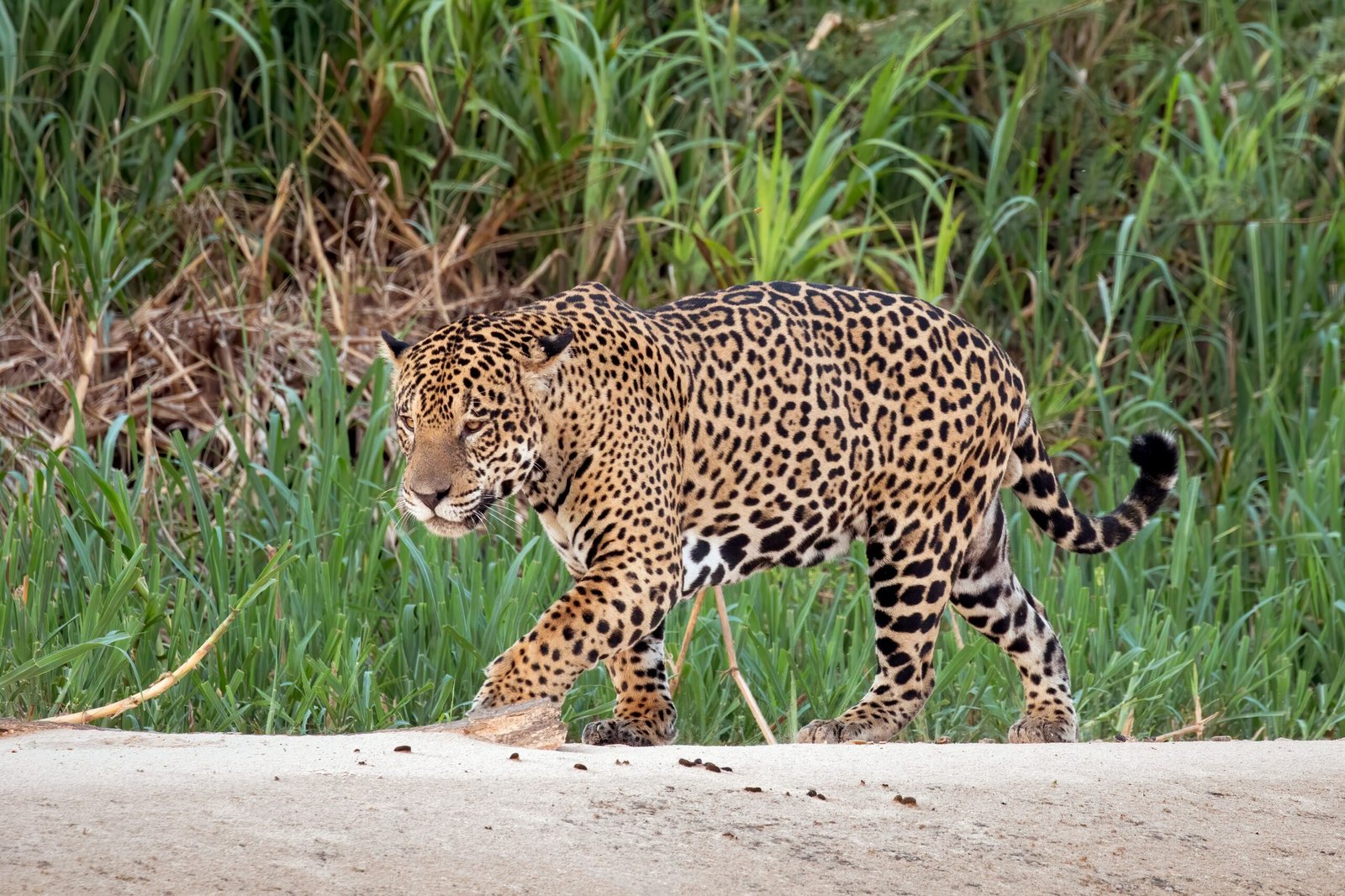
The third-largest cat in the world, jaguars rule the waterways and forests of South America with territories that can span 100 square miles. Unlike most cats, jaguars are excellent swimmers and often hunt in rivers and wetlands.
These powerful predators have the strongest bite force of any big cat, capable of crushing turtle shells and caiman skulls. Their territories often follow river systems, creating linear domains that can stretch for hundreds of miles along waterways.
Lynx: The Tufted Traveler Claims 5-200 Square Miles
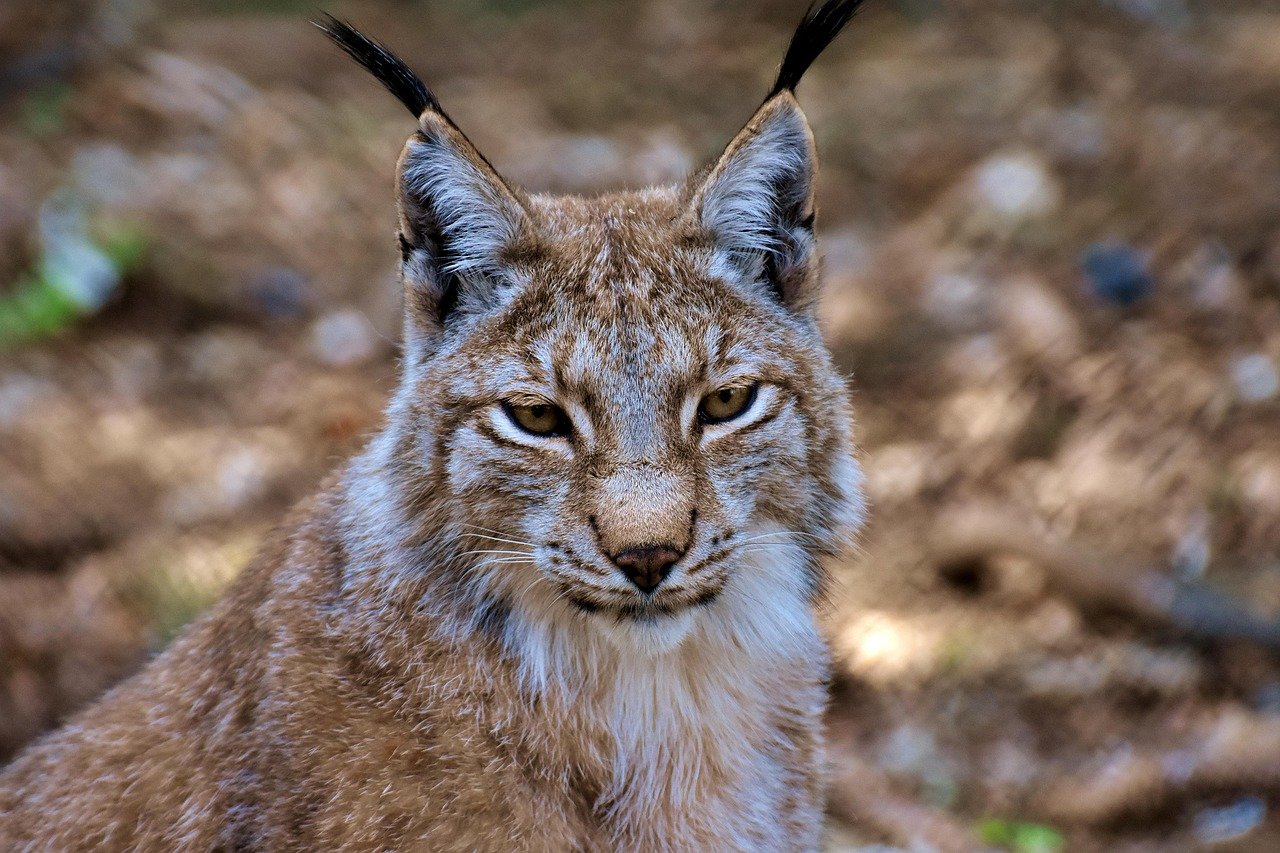
Eurasian lynx are the largest of the lynx species, with males establishing territories that can exceed 200 square miles in areas with low prey density. Their distinctive ear tufts aren’t just for show – they help focus sound waves for better hunting.
These cats have made remarkable comebacks in parts of Europe, with some individuals traveling incredible distances to establish new territories. One lynx in Germany was tracked walking over 900 miles in search of suitable habitat.
Cheetah: The Speed Demon Needs 50-800 Square Miles
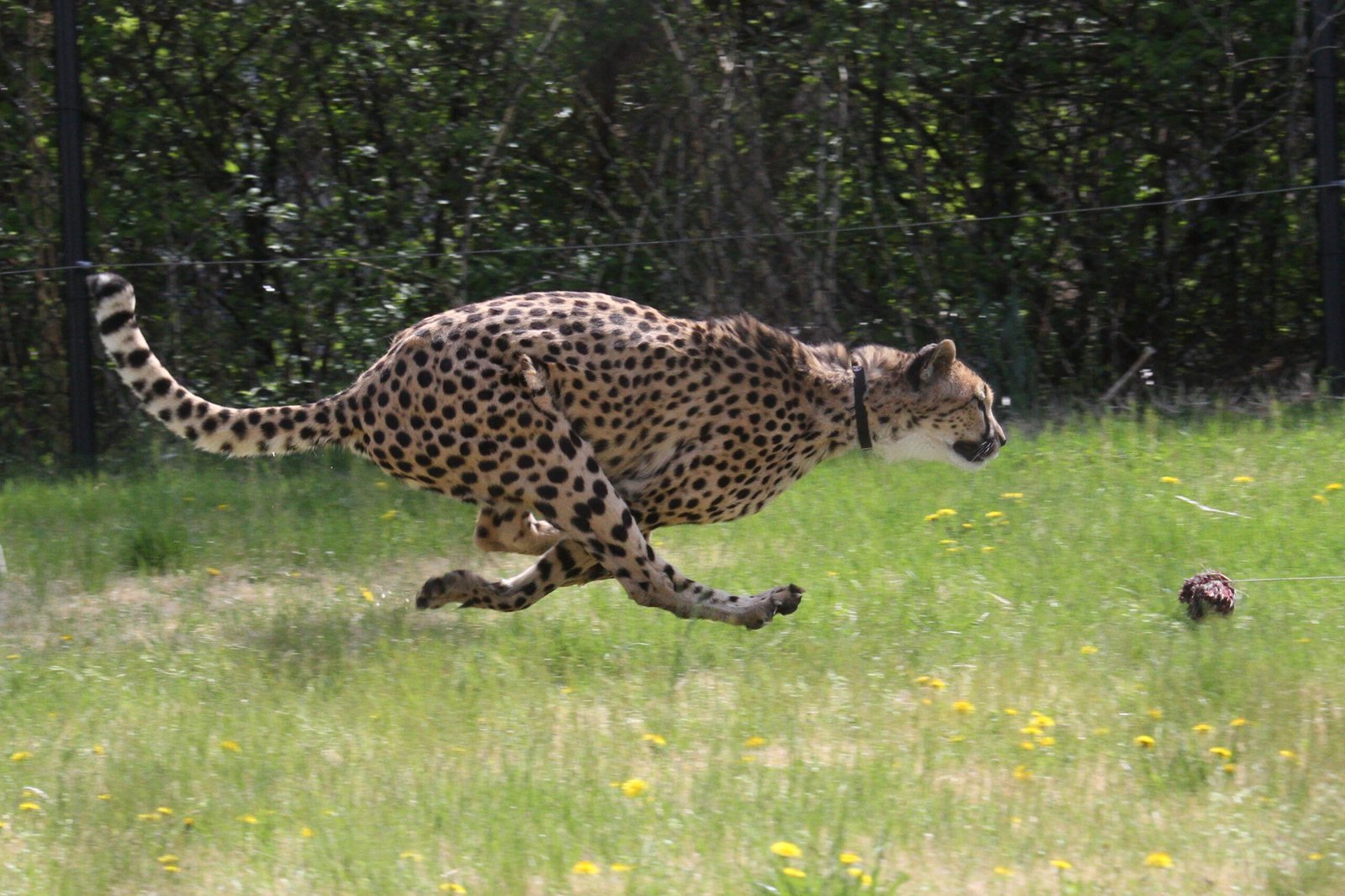
Despite being built for speed, cheetahs actually require some of the largest territories among big cats. Males often form coalitions and claim territories together, patrolling vast areas of African savanna in search of prey and mates.
These spotted speedsters can cover their entire territory in just a few days, running at speeds up to 70 mph when necessary. Their large territories reflect their specialized hunting style – they need open spaces to unleash their incredible acceleration.
Canadian Lynx: The Snowshoe Specialist Roams 5-200 Square Miles
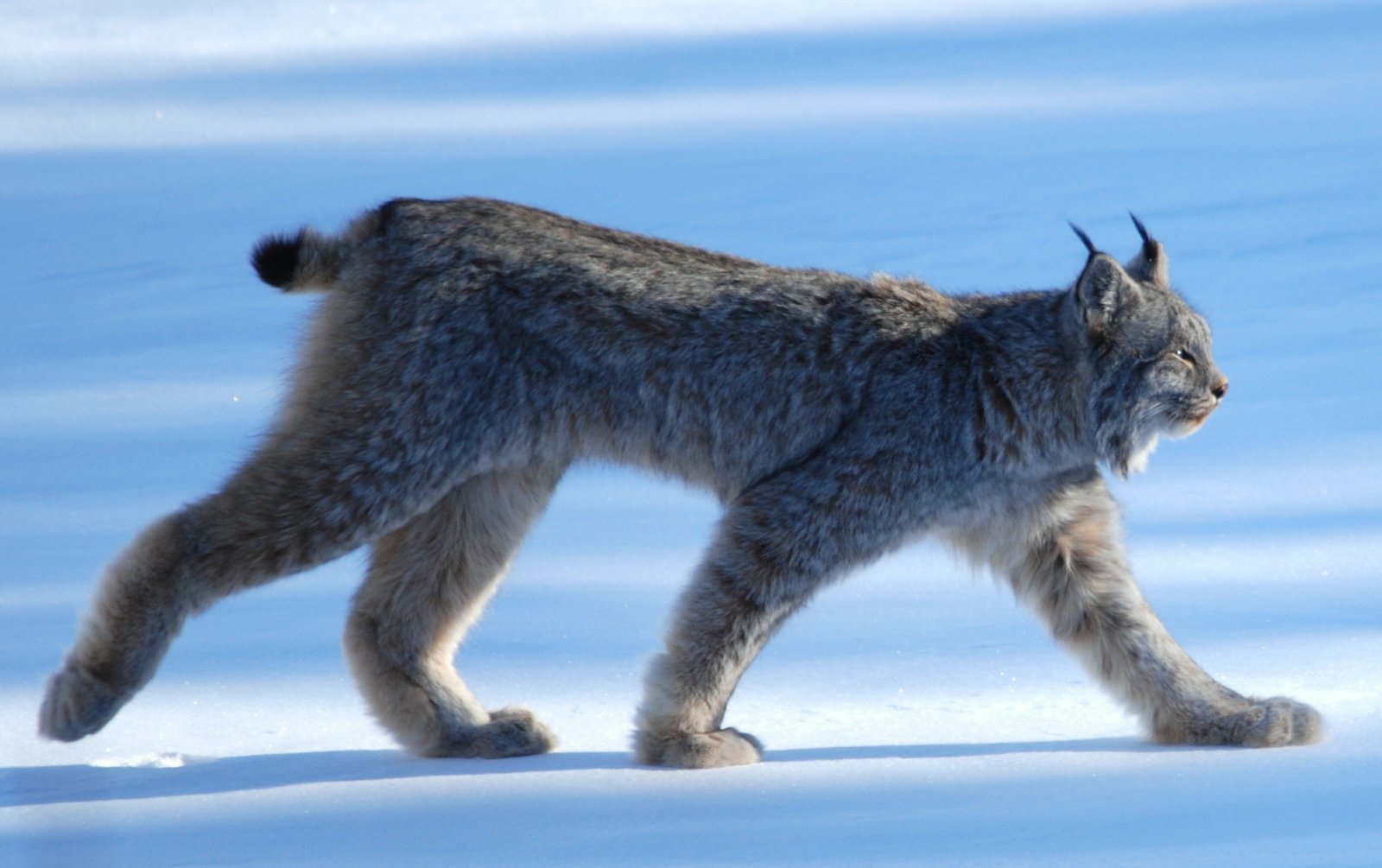
Smaller than their Eurasian cousins, Canadian lynx still claim impressive territories in the boreal forests of North America. Their territory size fluctuates dramatically with snowshoe hare populations, their primary prey.
These cats have enormous paws that work like natural snowshoes, allowing them to hunt efficiently in deep snow. During peak hare years, lynx territories shrink, but when prey is scarce, they expand their ranges dramatically, sometimes tripling in size.
Ocelot: The Miniature Leopard Controls 2-30 Square Miles
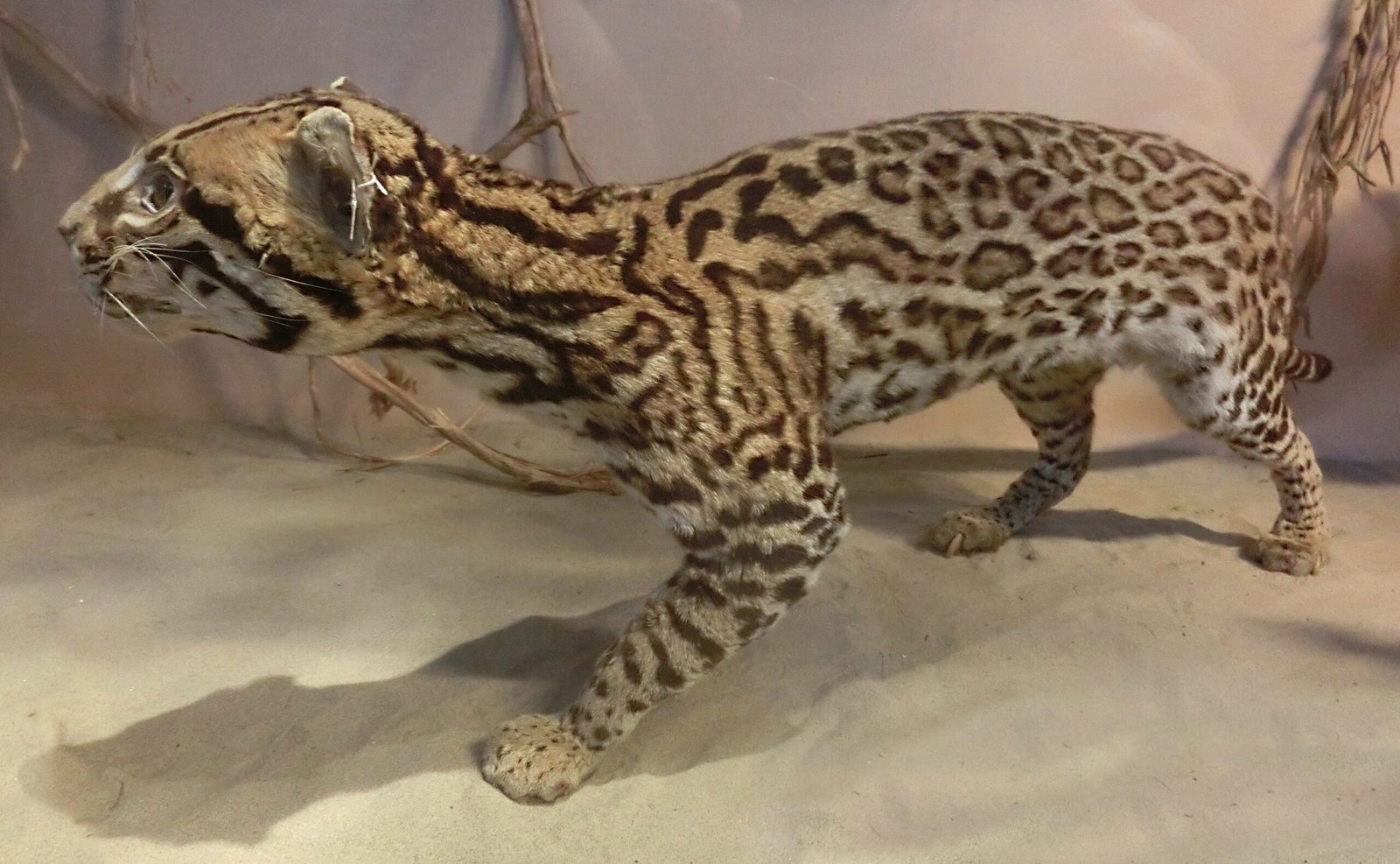
Though smaller than other big cats, ocelots are territorial powerhouses that punch above their weight class. These beautiful spotted cats of Central and South America maintain territories that can stretch up to 30 square miles.
Ocelots are primarily nocturnal and arboreal, using tree highways to patrol their territories efficiently. Their territories often overlap vertically, with different cats using different levels of the forest canopy, creating a complex three-dimensional neighborhood system.
Conclusion: The Endless Patrol
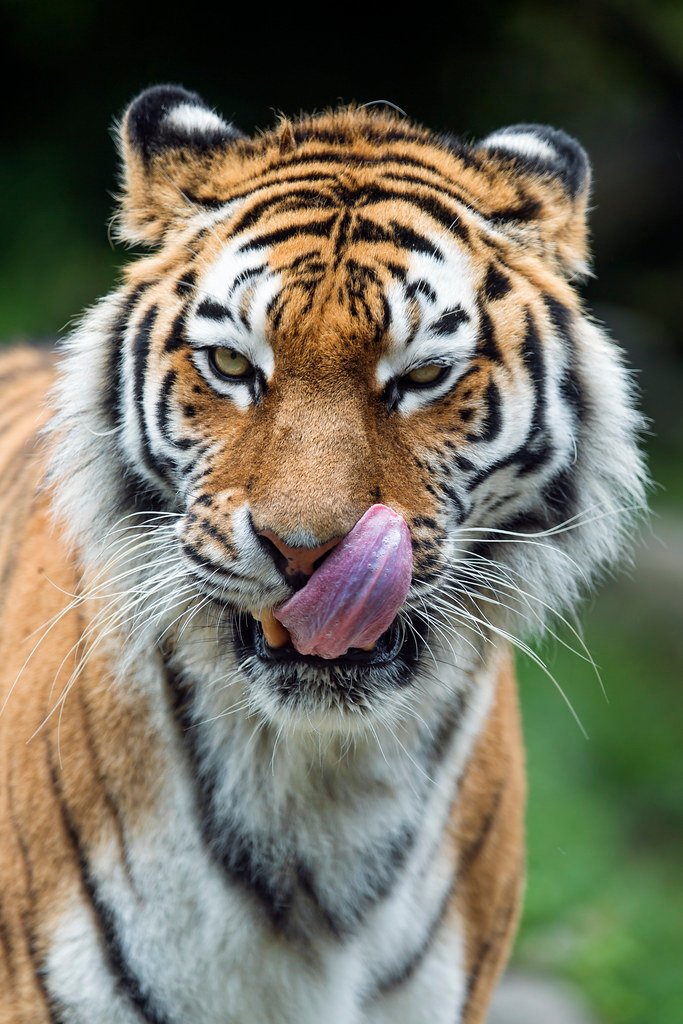
These magnificent cats remind us that wildness requires space – lots of it. From the snow-capped peaks of Asia to the steamy jungles of South America, each species has evolved unique strategies to claim and defend territories that would dwarf most human cities.
The next time you see a house cat lazily sunbathing in a backyard, remember their wild cousins who patrol territories larger than entire countries. Which of these territorial titans impressed you most with their incredible range?

Soham is from the rich tapestry of India, and has traveled through its several states and experienced its various cultures. Proud parent to three delightful feline furballs and looking to adopt more in the coming days. A self-taught writer who learned everything with experience. His path led him to a fulfilling profession spanning more than six years in digital marketing and writing along with a master’s degree in marketing. Knowing what interests readers motivates him. Filled with a profound fascination for the planet, his goal is to travel the world and discover everything from lush forests to towering mountains, sandy deserts to vast oceans, driven by a deep curiosity for our planet’s intricacies and beauty of creation.






